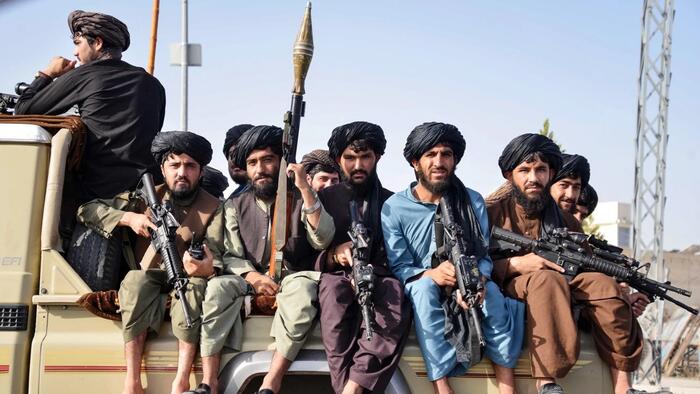The recent power shift in Syria has ignited reactions from various Islamist groups, highlighting their support for the newly established regime led by Hayat Tahrir al-Sham (HTS). Following the fall of President Bashar al-Assad’s government, both Hamas and the Taliban were quick to express their congratulations. The Taliban government in Afghanistan released a statement emphasizing the hope for a transition that meets the aspirations of the Syrian people while advocating for an Islamic government free from foreign interference. Similarly, Hamas commended the Syrian populace for their struggle for freedom and justice, reaffirming its support for Syria’s historical role in bolstering the Palestinian cause. These explicit endorsements from hardline entities underscore a significant ideological alignment among these groups, all of which are labeled as terrorist organizations by the United States and several other nations.
Hamas’s endorsement marked its entrance into the Syrian crisis narrative, where they expressed solidarity with the Syrian people and congratulated them on the significant political change. They conveyed a desire for post-Assad Syria to maintain a pivotal role in the support of Palestinians and emphasized respect for the political choices made by the Syrian populace. This alignment of objectives among extremist groups reflects a shared vision for governance based on strict Islamic principles, which significantly contrasts the secular governance model previously embodied by the Assad regime. The Palestinian Islamic Jihad echoed similar sentiments, showcasing a cohesive front among these militant factions.
In light of HTS’s newfound control, there has been speculation amongst Western powers regarding the designation of HTS as a terror organization. Reports indicate that the U.S. and Britain may reconsider its terror listing status. This potential reclassification raises questions about HTS’s approach to governance, particularly concerning its hardline interpretation of Sharia law and its aspirations for an Islamic state, which are akin to the ideologies held by the Taliban. The apparent willingness of international actors to reassess HTS’s standing emphasizes the complexities of aligning geopolitical interests with counterterrorism strategies.
The Israeli government, however, remains cautious, issuing a stern warning to HTS and allied factions. They stated that any threats to Israel would result in consequences akin to those faced by Assad. Situated near the southern outskirts of Damascus, the Israeli Defense Forces (IDF) have positioned tanks, purportedly to create a buffer zone against potential incursions from Syria. The precarious security situation in the region underscores the ongoing tension as the opposing ideologies vie for influence and authority.
Abu Mohammed al-Julani, the head of HTS, has made clear his organization’s ambition for a pure Islamic state in his ‘victory’ address delivered from the iconic Umayyad Mosque. He acknowledged the “heroic mujahideen” who fought bravely during the conflict, asserting that Syria is now “purified” under their governance, thanks to divine providence. This rhetoric reflects a commitment to enforcing Sharia law, indicating a stark departure from the secular constructs that once characterized Syria under Assad’s rule. A new chapter in Syria now unfolds with the potential for a more radical governance structure that mirrors the Taliban’s ideology in Afghanistan.
As the socio-political landscape evolves in Syria, the ideological parallels between HTS and the Taliban raise concerns for regional stability. With the Assad regime dismantled, the groups now in power are asserting an extreme interpretation of Islam, reminiscent of the Taliban’s earlier rule in Afghanistan. Both HTS and the Taliban present challenges to the concept of secular governance in the Middle East, potentially setting a precedent for other militias to follow suit. The implications of this transformation will not only affect internal Syrian matters but also reverberate through interconnected geopolitical tensions, especially concerning the rights and liberties of minority groups in Syria and neighboring regions.
In conclusion, the recent developments in Syria signal a significant shift towards Islamist governance, with groups like HTS and affiliates expressing ambitions reminiscent of the Taliban’s rule in Afghanistan. The endorsement from Hamas and the Taliban reflects a unified ideological front intending to reshape the sociopolitical landscape of the region firmly along Islamic lines. As the dynamics evolve, the potential for escalating conflict and instability remains high, particularly given Israel’s active stance against perceived threats from the newly empowered factions. The world watches closely as Syria’s future is charted under the auspices of extremist ideologies that have historically propelled conflict and human rights abuses, leaving a challenging legacy in their wake.

